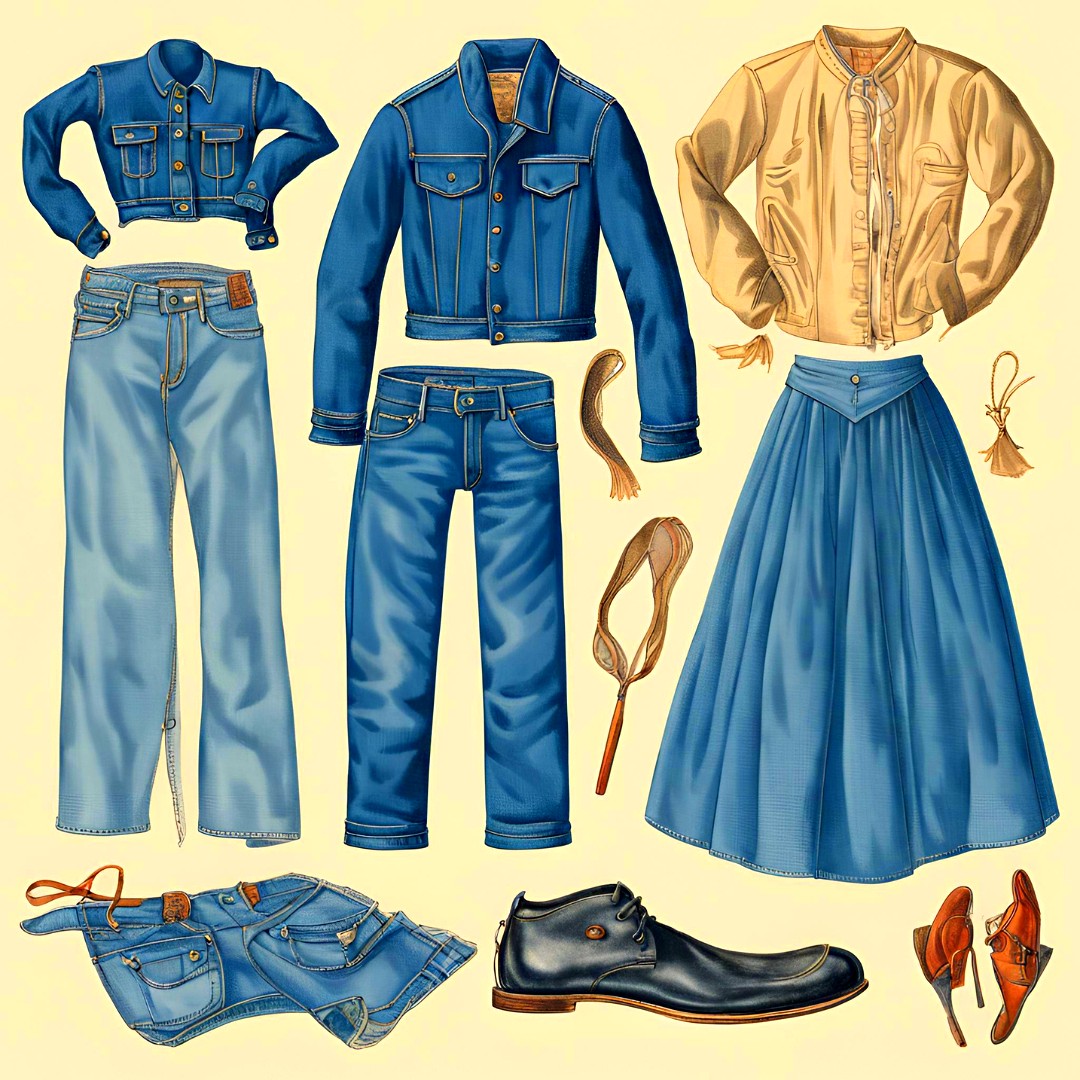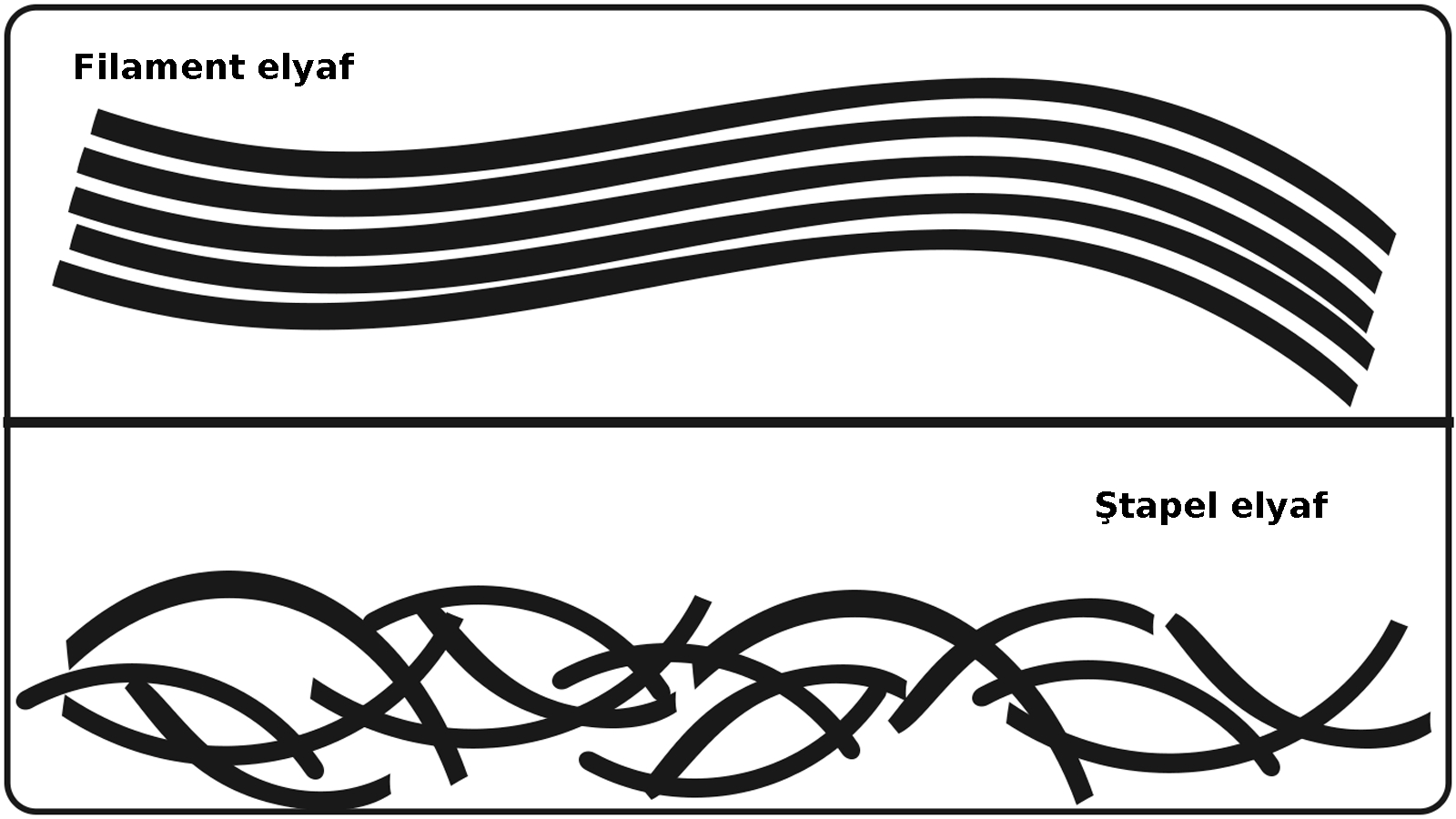Roving - Yarn Spinning, Fiber Preparation Process
16:12
0 comments
Roving is a long and narrow bundle of fiber. Rovings are produced during the process of making spun yarn from wool fleece, raw cotton, or other fibers. Their main use is as fiber prepared for spinning, but they may also be used for specialised kinds of knitting or other textile arts. After carding, the fibers lie roughly parallel in smooth bundles. These are drawn out, by hand or machine, and slightly twisted to form lengths suitable for spinning. These unspun strands of fiber are the rovings. Roving can also mean a roll of these strands, the strands in general (as a mass noun), or the process of creating them. Because it is carded, the fibers are less parallel than wool top (which is combed) and are not of uniform length. Carded rovings look fluffier than combed top, which looks smooth and has a high lustre. The fibers in combed top tend to be of a fairly uniform length due to the method of preparation. Though drawing it into strips may line the fibers up a bit. Roving is not to be confused with sliver as there is twist in roving.
The roving process is a preparatory process used only for ring spinning. Finisher-drawn carded or combed slivers are fed into a simple roller drafting system where the linear weight is reduced to a size that is optimum for the yarn count to be spun. Since the linear mass is now drafted to a very lightweight, some twist insertion is also necessary to give the roving enough integrity to be pulled from the bobbin on the ring-spinning frame. The roving is wound in a precise manner onto a bobbin that varies in length from around one foot to over 15 inches. A full bobbin can weigh over 5 pounds.
-
İş sağlığı ve güvenliği için bazı işletmelerde pr ayakkabı kullanımı gereklidir. Ayakkabılarda rastladığımız "PR" terimi, İngiliz...
-
Ayakkabılarda doğru numara seçimi sağlık ve kullanım ömrü açısından önem arz eder. Kesirli Ayakkabı Numaraları Ne Anlama Geliyor? 🤔 Bazı a...
-
Mavi polycotton nevresim takımı. Polycotton , polyester ile pamuğu (cotton) karıştırarak elde edilen, her iki elyafın en iyi performans ...
-
Yeşil renk ve tonları, sarı ile mavi ışığın birleşmesi sonucu oluşur ve fotosentetik pigmentler nedeniyle bitki yapraklarında yaygın olarak ...
-
Rahat bir kullanım için ayağın genişliği ve uzunluğuna uygun ayakkabıyı seçmek son derece önemlidir. Ayakkabı Genişlik Terimleri: E, F, FX,...
-
Giyim ; insanların ihtiyaçlarının yanı sıra dış etkilerden korumak, örtünmek, modaya uymak amacıyla vücudun bir kısmını ya da tamamını kapat...
-
İngilizce renkler. İngilizcede renk kelimesi Amerikan İngilizcesinde "color", İngilizce İngilizcesinde "colour" olarak ...
-
Lif kısaltmaları tekstilde elbise üretiminin her aşamasında kullanılır. Tekstil, Kumaş, Lif ve Elyaf Kısaltmaları : Tekstil endüstrisi, lif...
-
Ütü parlaması çok yoğun ise elbise kullanılmaz hale gelir. Ütü yaparken özellikle pantolon gibi hassas kıyafetlerde parlama oluşabilir. Ütü...
-
Şali kumaş bayrak. Şali , tiftik iplikten dokunmuş ince bir kumaş türüdür. Kaba ve seyrek dokunanları genelde bayrak yapımında kullanılmış...
-
Türk tekstil ve hazır giyim sektörü: yerli markaların yükselişi. Türkiye'nin lokomotif sektörlerinden biri olan tekstil ve hazır giyim...
-
Akrilik elyaf, iyi yalıtım özelliğine sahip olmasıyla öne çıkan sentetik bir lif türüdür. Akrilik Elyaf: Tanım ve Özellikler Akrilik, ( Alm....
-
Kumaş numunesi. 1) Yapılarına göre (nasıl yapıldıysa o ismi alır) a) Dokunmamış kumaşlar - Nonwoven , keçeler, kağıt telalar, elyaf, vi...
-
Ünlü Türk modacı ve tasarımcılarının kreasyonları artık dünya moda başkentlerinde sergileniyor. Türkiye'de tekstil ve moda sektörünü...
-
Farklı renk ve türdeki kumaş çeşitleri. Kumaş, ipliklerin, çeşitli yöntemlerle bir araya getirilerek oluşturduğu kaplayıcı yüzeylerd...
-
Türk ayakkabı markaları, yerli ham maddeyi mükemmel işçilik ve estetik tasarımlarla birleştiriyor. Türk malı ayakkabı ürünler, kalitesi ve e...
-
Dünyanın en meşhur modacıları. Dünyaca ünlü modacılar Her sezon önce podyumları sonra da vitrinleri süsleyen özel koleksiyonların arkas...
-
Lif kısaltmaları tekstilde elbise üretiminin her aşamasında kullanılır. Tekstil, Kumaş, Lif ve Elyaf Kısaltmaları : Tekstil endüstrisi, lif...
-
Naylon olarak da bilinen polyamid kumaşlar sentetik kökenli bir kumaş türüdür. Polyamid ya da naylon (Alm. Polyamidfaser, Fr. fibre ...
-
Tekstil ürünlerinin etiketlerinde yıkama, kurutma ve ütüleme ile ilgili semboller bulunur. Tekstil Ürünleri için Tavsiye Edilen Yıkama Tali...




















































































































0 yorum:
Yorum Gönder
Merhaba, daha kaliteli bir site için yorumlarınızı bekliyoruz.